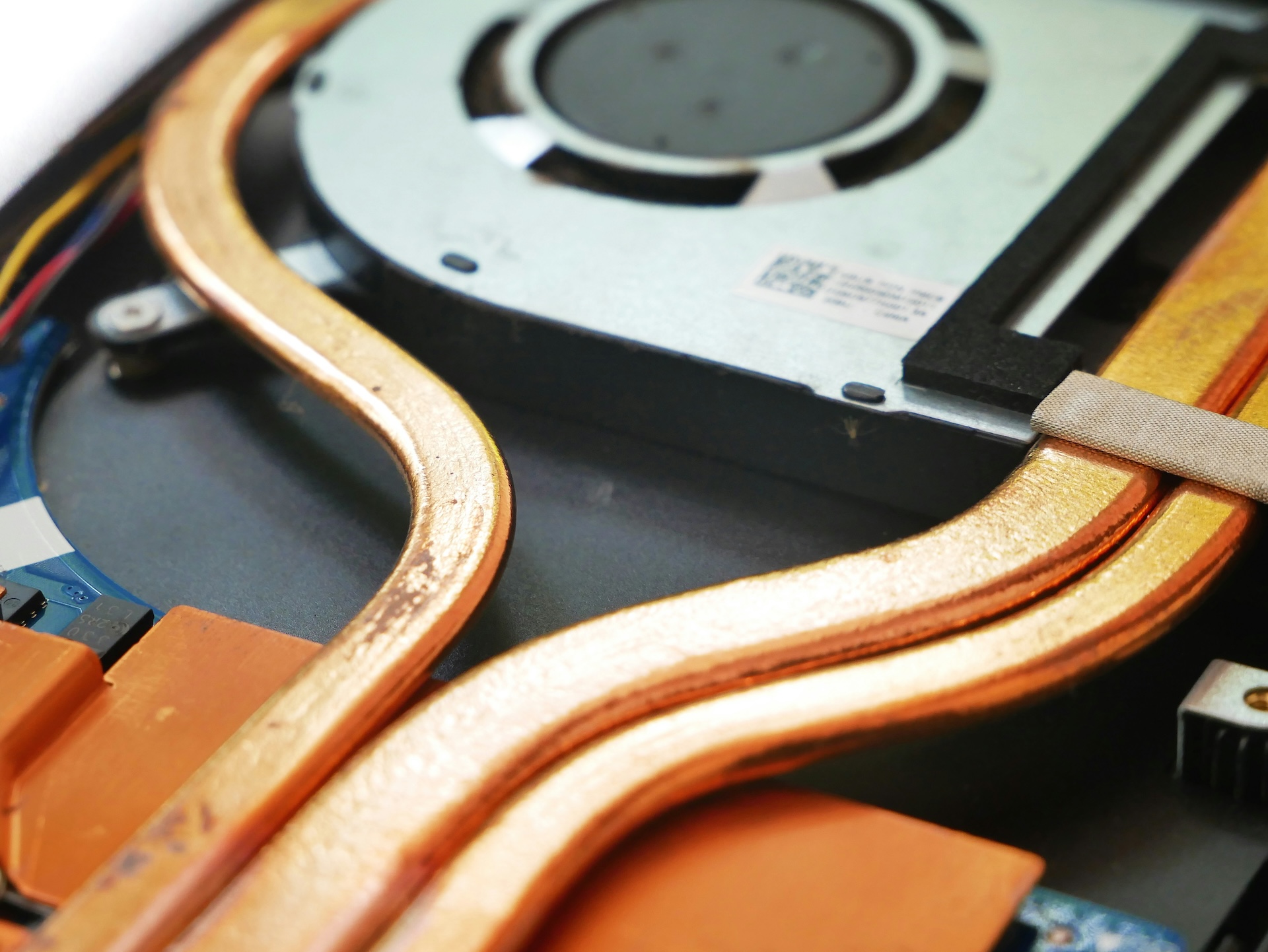In conventional heat pipes, heat is transferred mainly based on the phase change mechanisms of a working fluid: the vapor generated in the evaporator region causes pressure differences inside the device, which pushes it to the condenser section, where it loses heat, becoming liquid again. The condensate working fluid is returned to the heated side by capillary forces’ action, provided by a wick structure attached to inner wall from the evaporator to the condenser. The capillary structure also guarantees the working fluid distribution over the heat pipe and helps the nucleation of vapor bubbles in the liquid-vapor phase change process. The most common capillary structures are metal screens, sintered metal powders and grooves.





